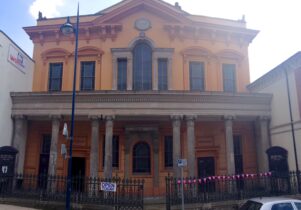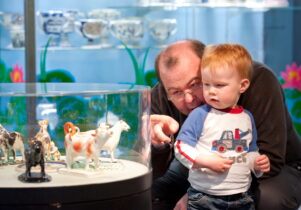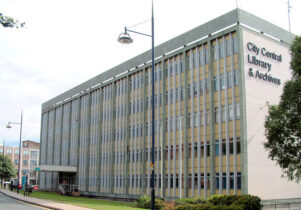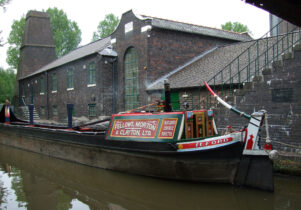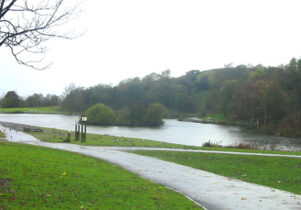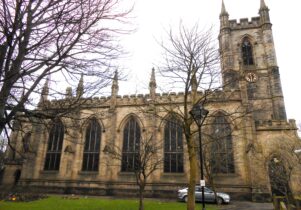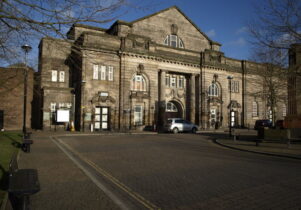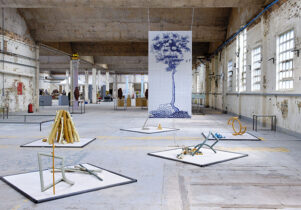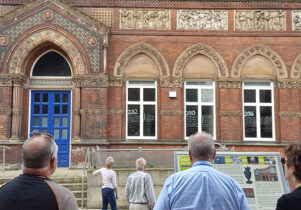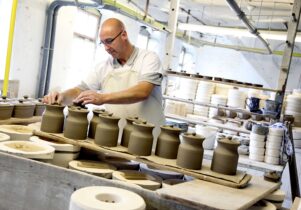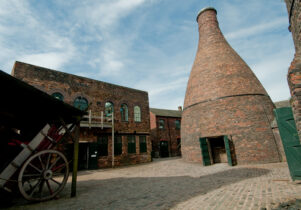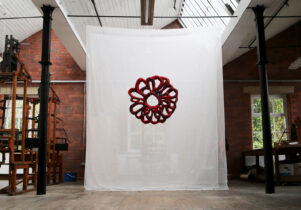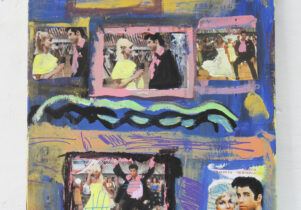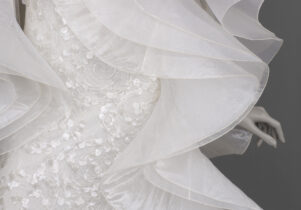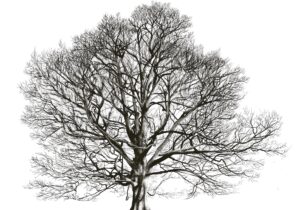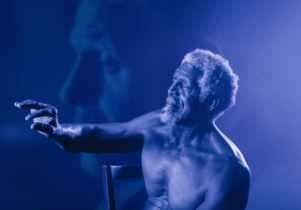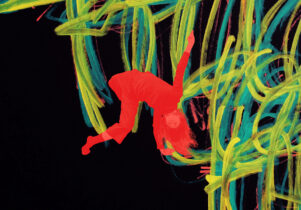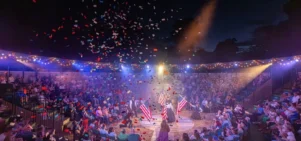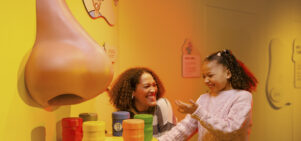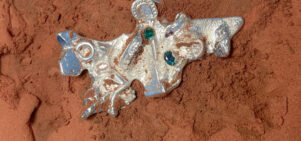Field Notes by Natasha Brzezicki at AirSpace Gallery, Stoke-on-Trent
Selina Oakes, ContributorVisit now
Field Notes
Always double check opening hours with the venue before making a special visit.
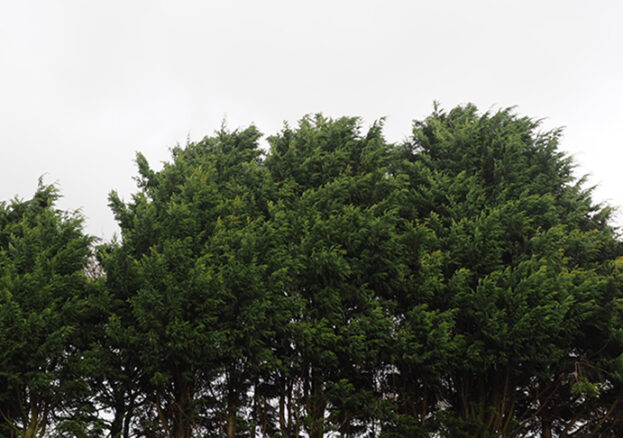
Field Notes is a refuge for urban naturalists. Held within a gallery in the heart of the city, Natasha Brzezicki’s solo show unveils a series of tentatively translated keepsakes from her immediate surroundings. Though Brzezicki is new to her environment, she has made sense of ‘place’ through activities such as walking, collecting, ordering and naming. Her delicate and near-meditative methods of documenting the organic world through man-made modes of reasoning equips audiences with a time-capsule of physical and psychological encounters with nature.
It’s a minimal exhibition which leaves room for in-depth consideration of each element’s origins and modified value. Items, collected from the ground, are given an alternative lease of life: plants are used to make dyes, sedimentary stones are ground up into pigment, and trees become the basis for musical notation. The viewer greets these objects with added interest, nescient to the fact that the pigment they observe is geologically akin to the pebbles rattling beneath their feet. Nature, and its translation through human recognition, is of upmost importance in the production of ‘place’.
As its title suggests, Field Notes adopts geographical and archaeological modes of qualitative ordering. In Untitled (pigments), samples of crushed rock are annotated with a date, time and location. Without Brzezicki’s timestamp, the audience would remain unaware of each specimen’s relevance to a designated moment. In revealing this data, the artist not only comments on humanity’s impulse to collect, rearrange and name things, but also brings the viewer closer to the materials’ origins and to her own pursuit of locating herself physically and psychologically.
It’s a process of reassurance – one which Brzezicki uses to investigate the role of emotionality in overcoming topographic alienation. Comfort Blanket I & II beautifully link the aesthetics of science with tenderness. These two, large-scale patchworks boast a consortium of pastel rectangles: hung vertically, they resemble painterly tapestries, aerial land surveys or, as their titles suggest, quilts with which to feel at home. Their relevance to the natural world and a sense of sentimental lineage is reinserted by the artist’s diligent notation of botanical dyes, both on paper in her Research Table, and in a row of labelled apothecary-style bottles (Untitled, dyes).
As expressed through Comfort Blanket‘s sensitive title, it is sanctuary in nature that the artist seeks – something which cannot be readily achieved without the assertion of sentimentality. Language plays a major role in distilling Brzezicki’s emotionality. Dualities, a 20pp booklet of personal, abstract verses, acts as a reminder that the formation of ‘place’ exists not merely in earth nor matter, but in an individual’s physical and cognitive involvement with a landscape. How to Listen to Trees illustrates this theory through its translation of swaying evergreen trees into sheet music. While being another play on the lexis of ‘field notes’, this piece visually categorises organic motion into a man-made tempo.
This leads the viewer back to the ‘value’ which humans superimpose onto objects and locations. With Brzezicki’s focus on sentimental worth comes an overlap with monetary value. In Gold Leaf, she toys with the myth that Chinese Money Plants grant good fortune by applying gold leaf to three potted plants. While in Fossil, she elevates shards of pottery found in the ground into a museum-like vitrine, as though to restore their status as ‘valued’ objects. Similar to the recognition of a location as specific ‘place’, the acknowledgment of these items as priceless is generated by the physical and psychological self, and, as such, is fleeting.
What remains is the raw material – an element that can be translated into countless dialogues in the hands, and mind, of the artist. Field Notes leaves the viewer with an understanding that it is the ordering and naming enacted by an individual upon an object, location or situation which defines it. It is these physical and psychological activities that Brzezicki befriends and ultimately renders into emotionality: the output of which is the wholesome cartography of nature within an urban landscape, and the eventual recognition of a ‘place’.
All works dated 2018.
